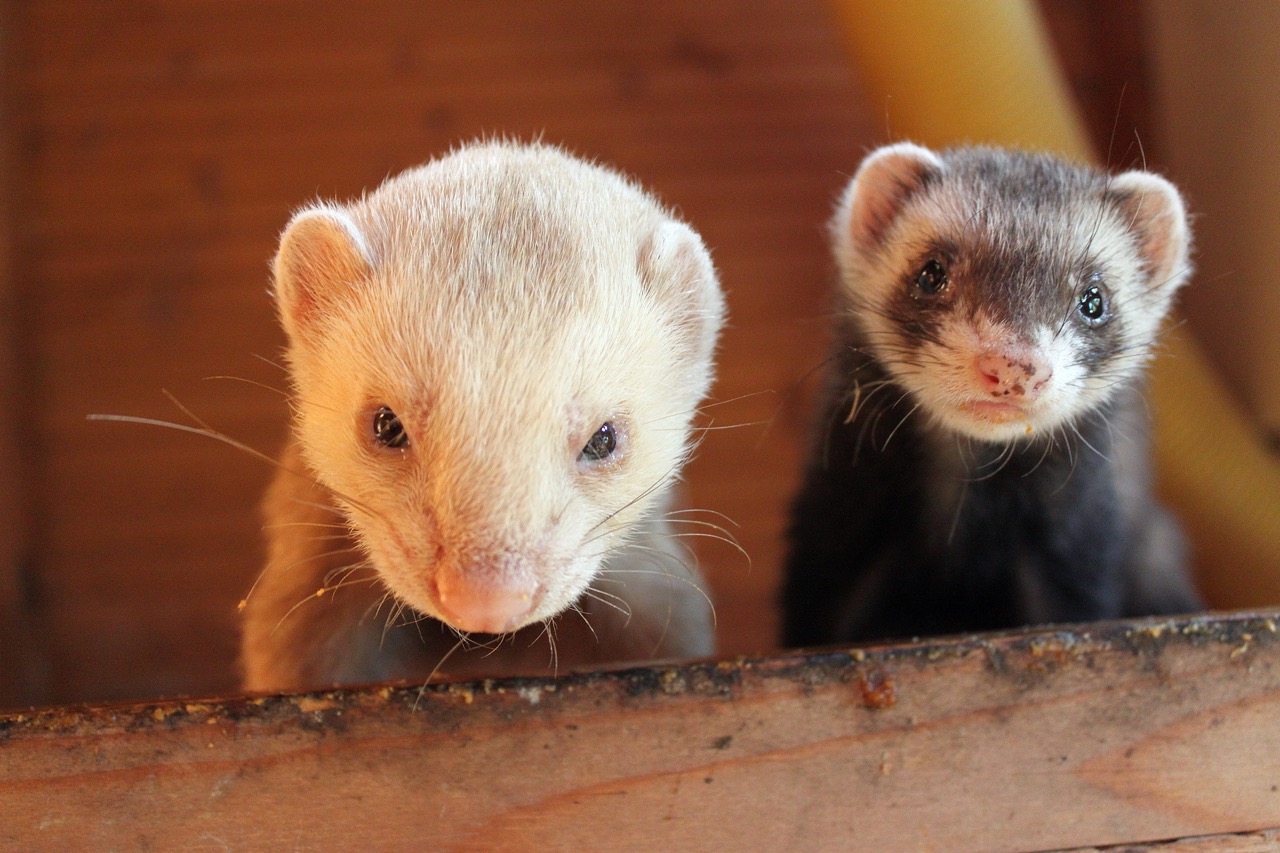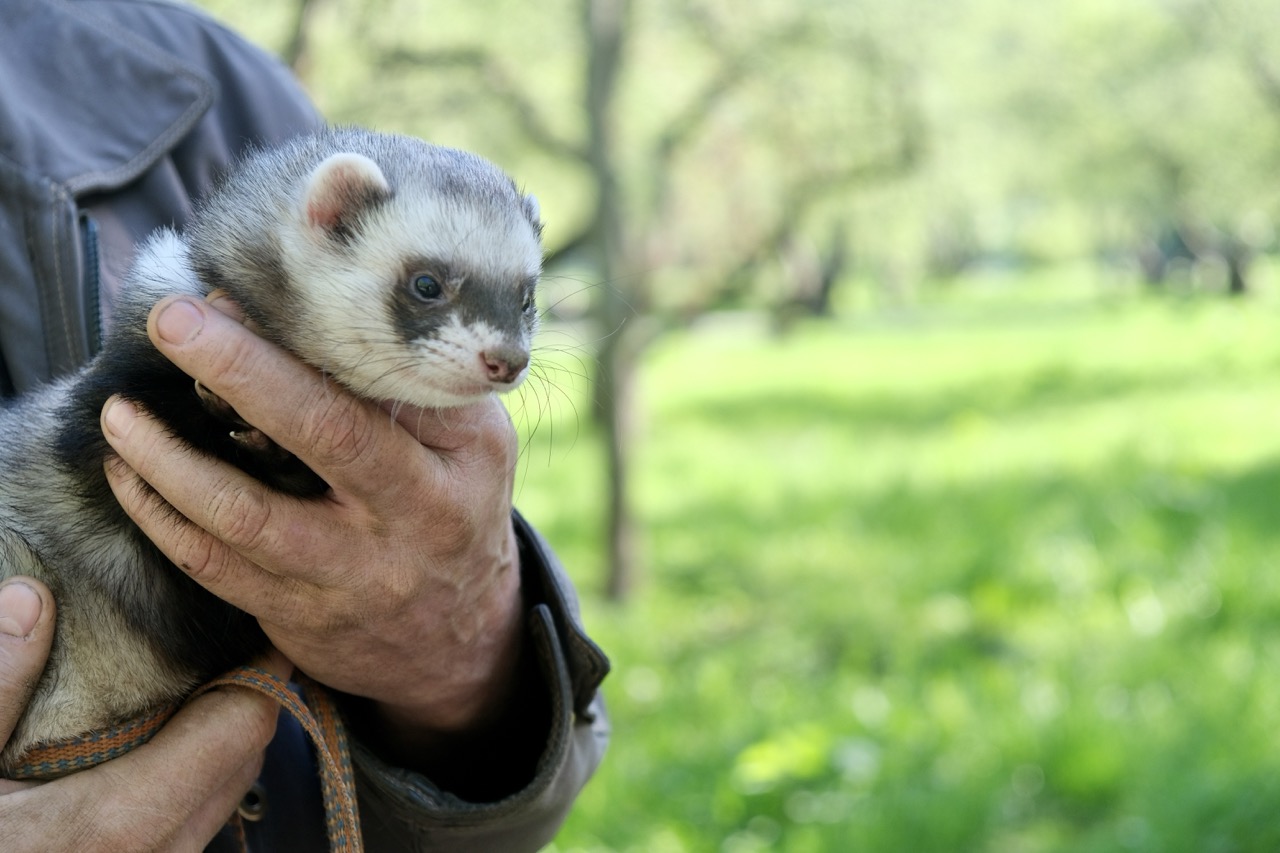Ferrets are social animals with unique behavioral patterns and social needs that can significantly influence their interactions with humans. As domesticated pets, they thrive on companionship and engagement. Understanding how to effectively socialize a ferret is essential for fostering a healthy, happy relationship with these playful little creatures. This article aims to provide insights and practical strategies for optimal ferret socialization, ensuring that your ferret feels comfortable and engaged in its environment.
Understanding Ferret Behavior and Social Needs
Ferrets are inherently social creatures that exhibit playful and curious behaviors. In the wild, they live in groups, relying on social interactions for their well-being. Their behavior often includes playful biting, chasing, and wrestling, which are vital for their social development. Recognizing these behaviors can help owners understand their ferret’s need for interaction, both with other ferrets and humans. A lack of socialization can lead to stress and behavioral problems such as biting, excessive vocalization, or withdrawal.
To properly socialize a ferret, it is crucial to appreciate their unique communication styles. Ferrets communicate through body language, vocalizations, and scent marking. For instance, a ferret that approaches with its tail raised is likely feeling playful or friendly, while a ferret that hisses or attempts to bite may be feeling threatened or frightened. Learning to interpret these signals can help owners create a more responsive and nurturing environment, allowing for better interaction and bonding.
Moreover, understanding that each ferret has a distinct personality is vital. Some ferrets may be more outgoing and eager to interact, while others might be shy and reserved. Tailoring socialization efforts to fit the individual needs and temperament of each ferret will foster more effective interactions. This understanding lays the foundation for creating a safe and enriching space for your ferret to thrive.
Creating a Safe Environment for Ferret Interaction
Establishing a safe and comfortable environment is essential for effective ferret socialization. This means creating a space where the ferret can explore, interact, and retreat when it feels overwhelmed. Begin by ferret-proofing the area, ensuring there are no hazards such as electrical cords, toxic plants, or small objects that could be ingested. Providing a designated play area with tunnels, toys, and climbing structures can help stimulate their natural curiosity and playful nature, making them more inclined to engage with their human companions.
Comfort is another critical aspect of creating a nurturing environment. Providing soft bedding, hideouts, and cozy spots allows your ferret to feel secure. If possible, include a safe space where your ferret can retreat during socialization sessions when they need a break. Each ferret’s comfort zone will differ, so pay attention to their cues and adjust the environment accordingly to ensure they feel safe and relaxed.
Additionally, consider the presence of other pets in the household. Introducing your ferret to other animals should be done gradually and under supervision to prevent stress or aggressive encounters. Establishing a routine for interaction, including feeding and playtime, can help solidify a sense of safety and predictability for your ferret, ultimately enhancing their comfort and confidence during human interactions.
Techniques to Encourage Positive Human-Ferret Bonds
Establishing a positive bond with your ferret requires patience, consistency, and a few effective techniques. One of the most crucial methods is to use positive reinforcement. Rewarding your ferret with treats, praise, or affection when they display desired behaviors—such as approaching you, exploring your hand, or engaging in play—reinforces a positive association with human interaction. This technique not only helps build trust but also encourages your ferret to engage more freely.
Another effective technique is to engage in play that aligns with your ferret’s natural instincts. Ferrets love to chase and wrestle, so using toys like feather wands, balls, or tunnels can help facilitate interactive play sessions. Incorporating these activities into your daily routine fosters a sense of fun and adventure, enticing your ferret to view human interaction positively. Additionally, playing at the ferret’s pace is crucial; allow them to dictate the level of engagement and respect their boundaries.
Furthermore, spending quality time together without direct interaction can also be beneficial. Allow your ferret to explore the environment while you sit nearby, gradually getting them accustomed to your presence. This technique builds their comfort with you being around, which can lead to more direct interactions over time. The key is to remain patient and observant, adjusting your approach based on your ferret’s reactions and preferences.
Monitoring and Adjusting Socialization Progress Over Time
As your ferret begins to interact more with humans, it is vital to monitor their progress and adjust your socialization strategies accordingly. Keeping track of your ferret’s behavior during interactions will help you identify any signs of discomfort or stress. Look for cues such as flattening ears, hissing, or sudden withdrawal, which may indicate that your ferret needs a break or a different approach to socialization. By being attentive, you can help guide them through any challenging moments effectively.
Regularly reflecting on your ferret’s socialization journey can also provide valuable insights. Documenting their progress with notes or a journal can help you identify patterns, successes, and areas needing improvement. If your ferret shows consistent progress in specific activities or interactions, consider incorporating more of those elements into your routine. Alternatively, if you notice repeated signs of anxiety, it might be time to scale back and focus on building confidence through gentler, less demanding interactions.
Ultimately, socialization is a continuous process that requires adaptability. Each ferret is unique, and their comfort levels may change over time due to factors such as age, health, or environmental changes. By remaining flexible and responsive to your ferret’s needs, you can foster a nurturing relationship that not only allows for interaction but also enriches your ferret’s overall quality of life.
In conclusion, successful ferret socialization hinges on understanding their behavior, creating a safe environment, employing effective bonding techniques, and continuously monitoring progress. By investing time and effort into fostering a positive relationship with your ferret, you can enhance their social skills and overall happiness. With patience and care, you will not only witness the blossoming of your ferret’s personality but also build a lasting and fulfilling bond that benefits both you and your furry companion.










